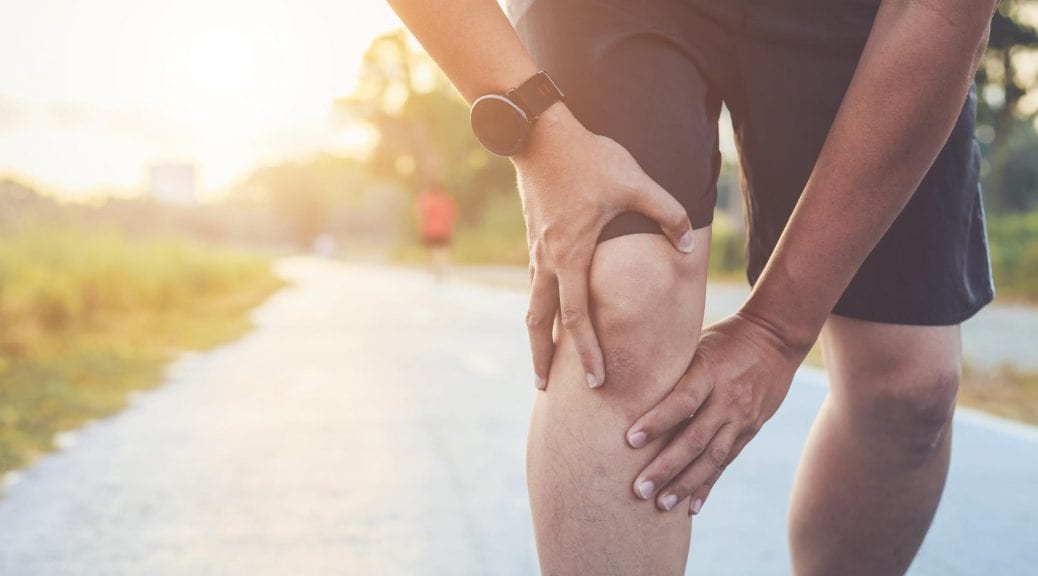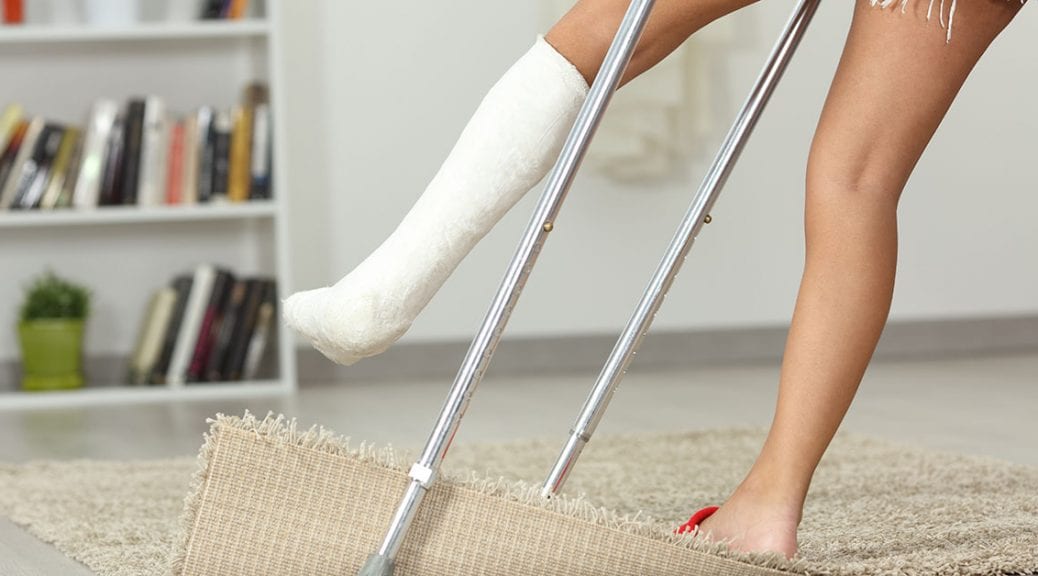If you are experiencing pain in your knees, or if you’ve already had a knee injury, taking steps to protect your knees during sports is an important habit to develop. The knees are one of the most commonly complained about joints in the body, and so many different types of sports rely on these joints to start, stop, and pivot. At Paris Orthopedic and Sports Medicine, our providers specialize in diagnosing and treating knee conditions of all severity levels, from sprains to torn ACLs. In this blog, we’re explaining some of the ways you can protect your knees during sports.
Effective Warm Ups & Cool Downs
If you’re running behind, or you’re just eager to get into the action, it can be easy to skip a warm-up and jump straight into the game. However, to preserve the health and longevity of your knees, thorough warm-ups and cool-downs are essential in protecting your knees and other muscles in the body. Prior to the game, match, or outing, take a few extra moments to warm up your body and stretch. Even a couple of minutes can help protect your knees during sports.
Take Your Time
Whether you’ve been injured and are returning to your sport, or you’re coming in from the off-season, it is important to take your time getting back into shape. As much as you may think you can lift the same amount of weight or run the same amount of mileage, it’s a better idea to start small and then work your way up. Focus on conditioning and adding weight slowly to help strengthen any muscles and avoid future injuries.
Change Up Your Routine
Knee injuries are common in runners, but you may feel forced into running on an injury if you are training for a marathon or race. You can avoid overworking by changing up your training routine with other activities that aren’t so hard on the knees, like cycling or swimming. Both of these activities are excellent for building endurance and strengthening muscles so you can keep training without putting as much stress on your knees.
Use the Proper Equipment
Improper or faulty equipment can lead to injuries in any sport, so if you’re recovering from an injury or actively working to protect your knees during sports, your gear should be in good condition. This includes wearing proper footwear and also investing in knee braces or wraps if necessary.
Don’t Under-Estimate the RICE Protocol
RICE, an acronym for rest, ice, compression, and elevation, is the baseline for caring for injuries. While an orthopedic specialist should look at persistent pain, swelling, or tenderness, minor injuries, as well as recovering injuries, can always benefit from this tried and true protocol.
Keep Communicating with a Professional
If you are working to protect your knees during sports, working with a trainer, physical therapist, or one of the specialists at Paris Orthopedics can help you stay active while remaining healthy. Injuries should be examined on a case-by-case basis, so it’s important that you receive personalized care and instructions before returning to your sport. Contact a staff member at Paris Orthopedics today for any questions about knee injuries or recovering injuries.
Consult an Orthopedic Specialist
The Paris Orthopedics and Sports Medicine team is dedicated to helping our patients recover from a wide range of orthopedic conditions. Our services include general orthopedic medicine, joint replacement, sports injury treatment, and osteoporosis treatments at our bone health clinic. If you have questions about how you can protect your knees during sports or other activities, call (903) 737-0000 to make an appointment.





